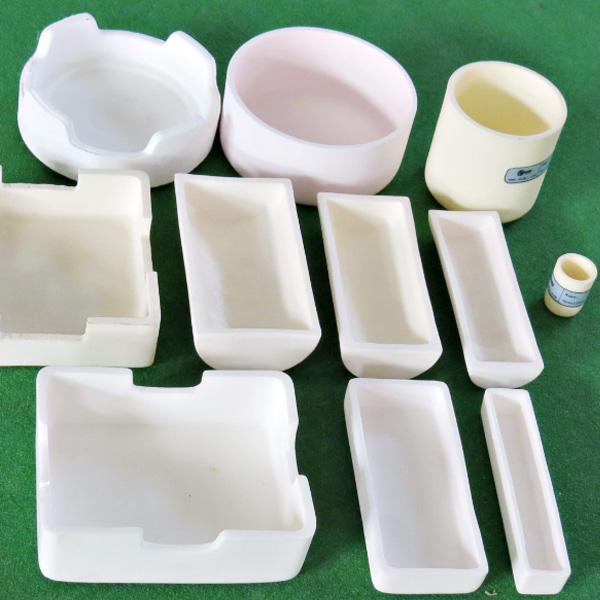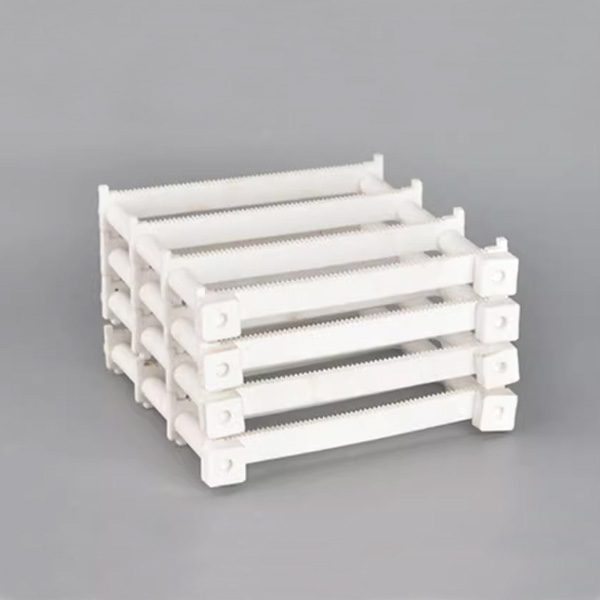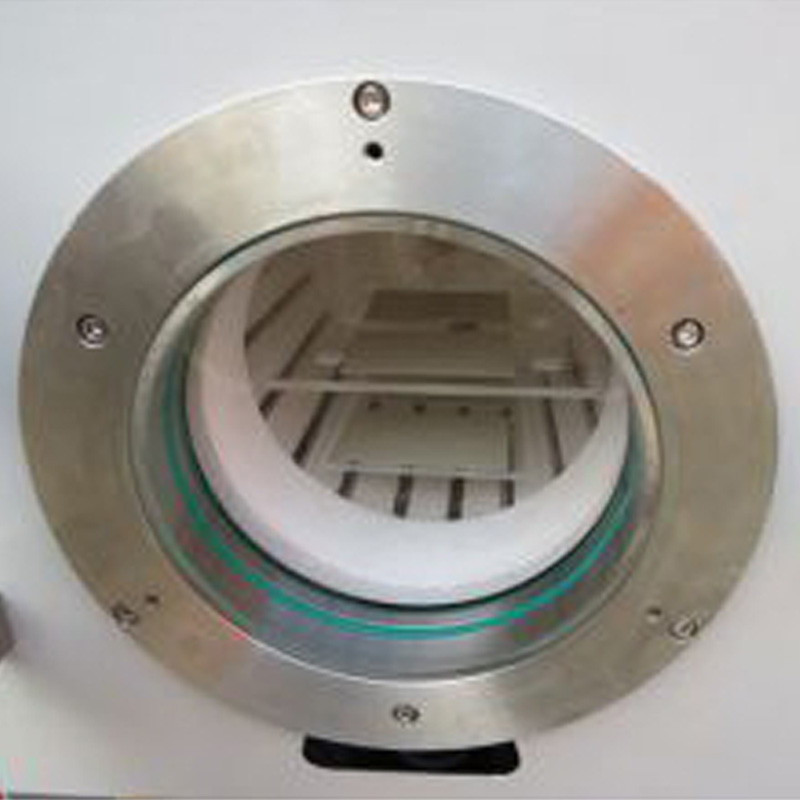Table of Contents
What is a furnace furniture?
Furnace furniture refers to the various components or accessories used inside a furnace to support, hold, or contain the materials being processed or treated.
These components are designed to withstand high temperatures and often consist of materials such as ceramics, silicon carbides, or quartzs.
Furnace furniture can include crucibles, shelves, racks, supports, setters, posts, and other structures that are essential for organizing and supporting materials during heat treatment processes like firing, sintering, annealing, or heat treating. They play a crucial role in maintaining the integrity and quality of the materials being processed within the furnace.
Selection of Electric Furnace Furniture
According to Product Application
Metal Melting Furnace Furniture: Used for melting metals or alloys such as iron, copper, aluminum, zinc, etc. These furniture pieces typically require materials that are resistant to high temperatures and corrosion. Commonly used materials include graphite, refractory bricks, silicon carbide, etc.
Glass Melting Furnace Furniture: Used for melting glass or glass products, such as furnace furniture in glass production. For glass melting, materials resistant to high temperatures and chemical corrosion are usually selected, such as graphite, refractory ceramics, etc.
Ceramic Melting Furnace Furniture: Used for melting ceramic raw materials or ceramic products, such as ceramic glazes, ceramic pigments, etc. These furniture pieces require characteristics such as high temperature resistance, corrosion resistance, and non-contamination of materials. Commonly used materials include refractory ceramics, alumina, etc.
Precious Metal Melting Furnace Furniture: Used for melting precious metals such as gold, silver, etc. Due to the high temperatures and precise control often required for precious metal melting, furniture is typically made of materials resistant to high temperatures and corrosion, such as high-purity refractory materials or materials specifically designed for precious metals.
Non-metallic Melting Furnace Furniture: Used for melting non-metallic materials such as graphite, silicon carbide, etc. For the melting of non-metallic materials, materials resistant to high temperatures, with good thermal conductivity, and not easily deformed are usually selected, such as graphite, silicon carbide, etc.
According to Material
High-purity alumina furnace furniture: With an alumina content exceeding 99%, it exhibits extremely high resistance to high temperatures and corrosion, suitable for high-temperature sintering and heat treatment processes in industries such as ceramics manufacturing and electronics materials.
95% alumina furnace furniture: With an alumina content of 95%, it offers a relatively lower price point and is suitable for processes such as heat treatment, ceramic manufacturing, and metal sintering.
Silicon carbide furnace furniture: Featuring outstanding resistance to high temperatures and corrosion, it is applicable in processes like metal melting and glass fusion.
Mullite furnace furniture: Possessing good refractory properties and relatively lower thermal conductivity, it comes at a moderate price and is suitable for processes such as metal melting, ceramic tile firing, and glass manufacturing.
Quartz furnace furniture: With extremely high resistance to high temperatures and chemical inertness, it is suitable for processes including optical material production, semiconductor crystal growth, and chemical reactors.
According to Temperature Resistance
1300°C to 1700°C ▼
1000°C to 1500°C ▼
Below 1200°C ▼
In addition, we also need to choose the appropriate specifications and shapes of furnace furniture based on the size and shape of the workpieces, as well as the dimensions of the furnace chamber, to ensure that the workpieces can be stably supported and positioned.
Of course, we also need to consider factors such as the price, performance, and lifespan of the furnace furniture, in order to select the most economically reasonable product and achieve a balance between cost and performance.










